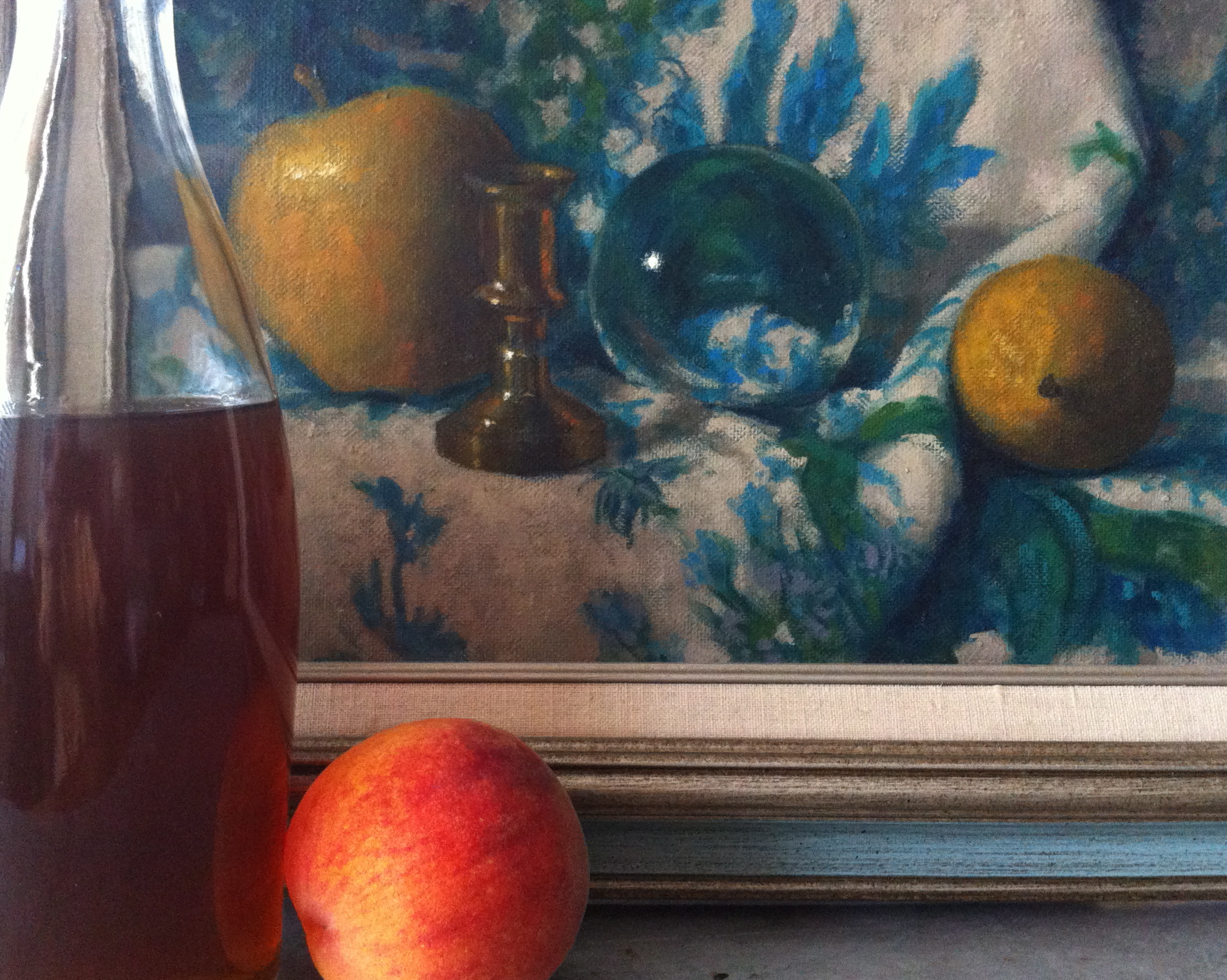The biggest project around here this week has been the garden. Well, it's not a garden yet.
Next year, it will be one. Now, it's just a barren 40'x15' batch of land that includes the circa-1914 concrete pad for the house's original garage. Work began this weekend of clearing its mulch cover and digging out roots and rocks from the heavy, slow-draining clay soil. My plans for gardens include other parts of the lot, but this will be the largest plot.
 |
| Grab a shovel because tonight is Ladies' Night; ladies dig for free |
Shortly after we moved in last December,
we got to weighing options for the yard and promptly removed a stand of feral Brazilian pepperwood trees along the back of the lot. Ground the remaining stumps out a month later. Built a new fence bordering the back of the lot in March; it's a custom-made horizontal redwood deal with tongue-and-grove posts so it looks the same from both sides (didn't want the neighbors or us to deal with ugly-ass posts). Fences to replace those on the sides are in the planning stages. Or they might become walls. Don't know yet.
The garden itself will be for food plants; tomatoes, peppers, herbs, okra, butter beans, some beans my sister brought from Macedonia a few months ago, perhaps some beets and ijskruid (
Mesembryanthemum crystallinum, called ice plant sometimes in English,
glaciale in French), and various Cucurbitaceae (melons, squash, pumpkins, etc). Other areas will be for artichokes, rhubarb, fruit trees, and we'll see what else. Grapes maybe.
Hops. Passion fruit perhaps. This is, after all, a garden for drinking as well as eating.
 |
| Busting up a buried sidewalk |
As we plan the yard, there are more trees to be removed, more stumps to grind. The garden itself may only last one year since we've been talking about how we'd like to see the yard play out. There's talk of installing a pool. Meh; I'd rather build a smokehouse, an outdoor brick oven, or — my latest obsession — a big, round, in-the-ground
barbacoa pit. A hot tub (or, in the local parlance, a
spa) seem inevitable. One project at a time. I think, however, I've finally found the last of the buried sidewalk, prized it from the earth, and busted it up with a pickaxe. Hard to say, though; that thing meandered all over the yard just a few inches under the surface.
Once all the concrete is out, the roots dug out, and the rocks removed, it will be time to bring in two loads of fresh topsoil and plenty of organic materials and work those into the formerly hard, compact dirt so next year's plants will have a fighting chance.
Digging down to 18" across the plot means there are about 900 cubic feet of dirt to shift. I've got to go back and reread Mark Twain to remind myself how Tom Sawyer got that fence painted. Think it'd work with turning earth?
 A new Berlin coffee shop's rules, however, have some Berliners in a snit. The Barn — Roastery opened last week and almost immediately caused a
A new Berlin coffee shop's rules, however, have some Berliners in a snit. The Barn — Roastery opened last week and almost immediately caused a 









